It’s the question that plagues many tool users – what’s the better option when it comes to breaker bars vs impact wrenches? Is there even a definitive answer, or is it simply down to personal preference? In this epic guide, we aim to break the debate wide open and give you all the information you need to make an informed decision about which tool is best for you. So, whether you’re a professional tradesman or just someone who likes to do their own DIY, read on for our top tips!
What is a Breaker Bar
It is similar to a socket wrench but typically much longer, allowing more torque force to be applied. The extra length also allows the user to reach fasteners in tight spaces. Breaker bars are most commonly used in automotive repair and maintenance because they offer more leverage than regular socket wrenches when removing stubborn or rusted-on parts. They are also useful for working on large machinery such as farm equipment, earth moving machines, and heavy industrial machines. In some cases, a breaker bar may even replace a pipe wrench due to its greater strength and flexibility.
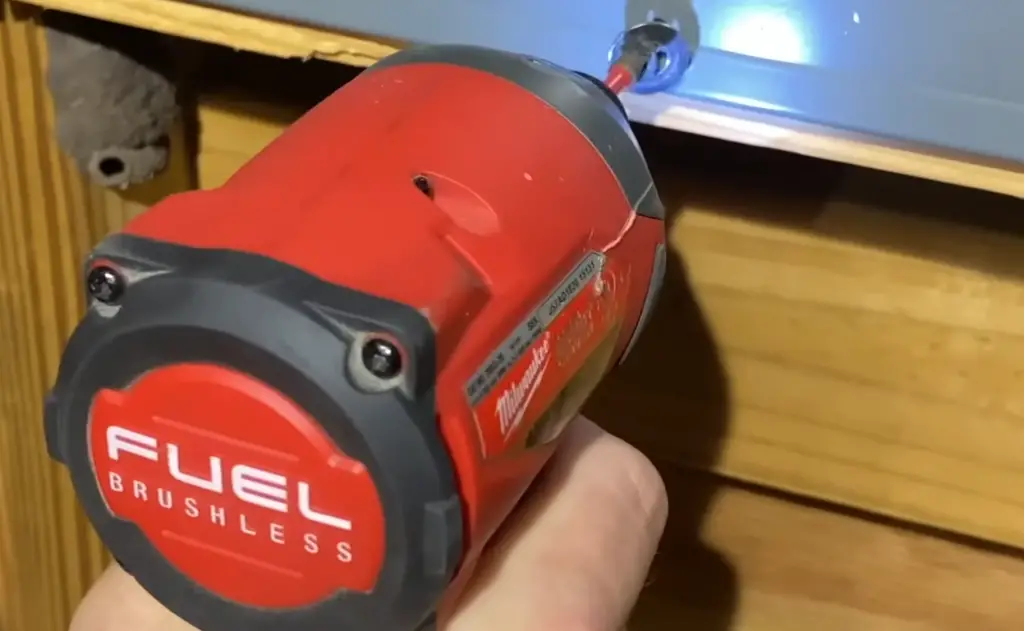
The body of the breaker bar generally consists of metal tubing with an ergonomically designed handle. The head of the bar can be either a socket or a flat blade depending on the application. Inside the handle is a ratchet mechanism that allows for quick turning of fasteners without having to remove and reset it each time. This makes it much faster and easier to work with than standard wrenches or screwdrivers.
In addition, many breaker bars also come equipped with an extension, which can greatly increase the reach of the tool in hard-to-reach places like engine compartments or behind large equipment. These extensions are typically made from metal, although some may be plastic for lighter duty applications.
How to use breaker bars
Using a breaker bar is relatively easy, but there are a few important points to keep in mind. It’s actually quite similar to using a socket wrench, but with the added leverage of the extra length.
First, be sure to select the correct size and type of socket for your application. The wrong size or type can damage both the fastener and the tool itself. It’s also important to ensure that all bolts are securely tightened before using a breaker bar so that they don’t move while loosening them.
Once everything is in place, you’ll want to get a good grip on the handle of the breaker bar and keep it firmly against your body. As you apply pressure to turn the bolt/nut, try to stay as straight as possible instead of twisting from side-to-side. This will help distribute force evenly along the length of the bar and reduce the risk of it slipping or breaking.
Your goal is to loosen the fastener, not to break it. So if it begins to feel like you’re trying to turn a block of cement or something similar, then it’s time to stop and reassess your approach. It may be that you need to use an impact wrench instead as they are designed for such jobs.
Finally, always ensure that the breaker bar is securely seated in the socket before applying any force. This will help prevent slipping and potential injury or damage. And once the job is done, make sure to clean the tool with a rag and store it away safely until next time.
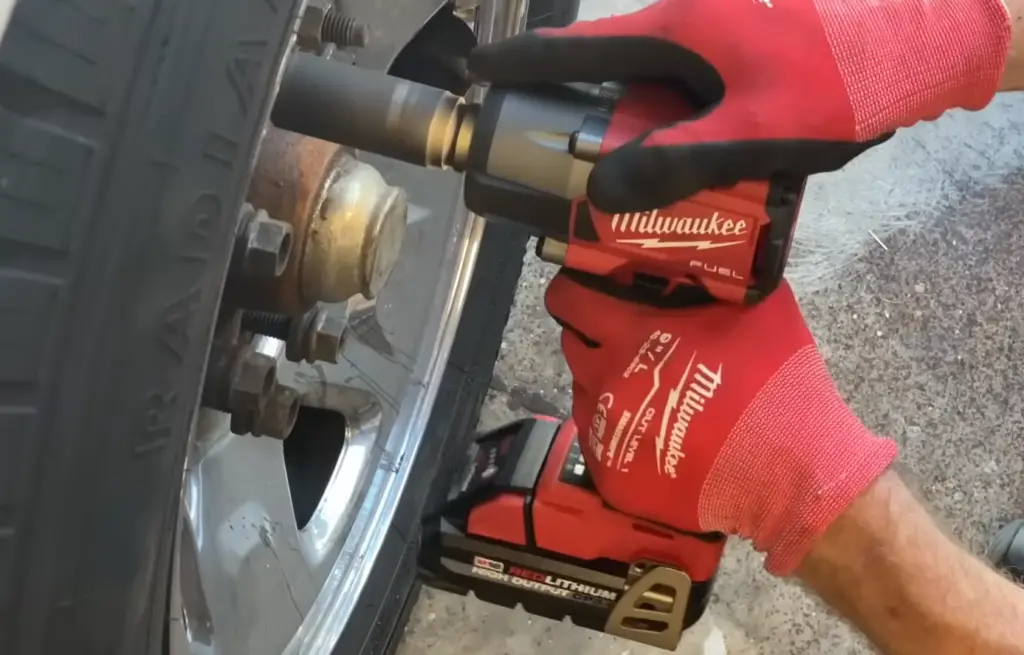
Advantages of breaker bars
Now that we know what a breaker bar is, let’s get into the advantages it offers.
The primary benefit of using a breaker bar is their flexibility. They can be used in situations where space constraints make it difficult to work with standard wrenches or ratchets. The extensions also give users the ability to reach fasteners in tight spaces such as engine compartments and other hard-to-reach areas.
Another advantage of breaker bars is their versatility. They can be used on a variety of fasteners ranging from small screws to large bolts. The longer handle also provides additional leverage, which means less force is required to loosen or tighten the fastener. This makes them ideal for removing stubborn parts or rusted-on components that require extra effort.
Perhaps the most significant benefit of using a breaker bar is its safety. Its longer handle increases leverage while making it easier for the user to maintain control over their movements and avoid any sudden slips or jerks that could cause an injury or damage to surrounding components.
Negatives of breaker bars
While breaker bars have many advantages, they also have some drawbacks.
The first downside is their speed. Since the ratchet mechanism is usually not as fast as ones found on an impact wrench or air ratchet, it can take longer to work with a breaker bar than with other tools.
Another issue is its weight. Breaker bars are typically heavier and more cumbersome than their counterparts due to their larger size and greater torque output. This makes them less suitable for working in tight spaces or with delicate components where precision is key.
Lack of a ratcheting mechanism can also be a problem. While this does allow for greater leverage, it means that the user must remove and replace the socket from the fastener each time they reposition the bar. This can add extra time to jobs where multiple fasteners need to be loosened or tightened.
Finally, although they may be more affordable than some other tools, breaker bars can still be quite expensive depending on the quality of the materials used in construction. This makes them a better fit for professional mechanics and those who need a heavy-duty tool that can withstand constant use over time. [1]
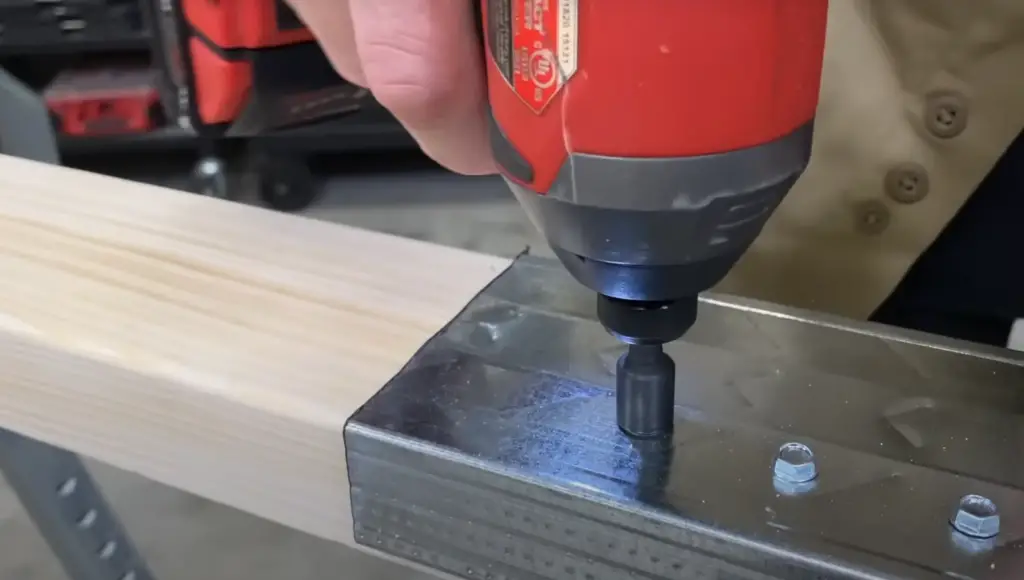
What is an Impact Wrench
An impact wrench is a tool that uses high torque to quickly and efficiently loosen or tighten bolts and nuts. Impact wrenches are powered by electricity, air pressure, or hydraulics. They work by using a hammer-like mechanism that creates an instantaneous rotational force when the motor starts spinning.
This sudden force causes the bolt or nut to turn with great speed and power. Impact wrenches are used in many industries including automotive repair shops, construction sites, and manufacturing facilities. They can be used for various applications such as loosening stuck screws, assembly of parts, removing wheels from vehicles, and more. Some models come with adjustable torque settings so users can alter the levels of power output according to their needs. In addition to their practical use, impact wrenches are often used in competitions to measure speed and accuracy. This makes them popular with automotive enthusiasts and professional mechanics alike.
Impact wrenches come in various sizes, shapes, and power ratings. The most common types of wrenches include cordless models for portable use, electric models for stationary use, air-powered models that require an air compressor, and hydraulic models that run on a hydraulic system. Additionally, some manufacturers offer hybrid versions that combine features of different models. When selecting an impact wrench, it is important to consider its power rating, weight capacity, size, torque setting range (for adjustable torque settings), battery life (for cordless models), and other features such as variable speed control or ergonomic design.
Pros of impact wrenches
Impact wrenches offer several advantages over traditional tools like breaker bars. First thing that puts them above breaker bars is high torque performance. Impact wrenches can deliver significantly higher torque than breaker bars, making them ideal for tough jobs like loosening stuck bolts or nuts.
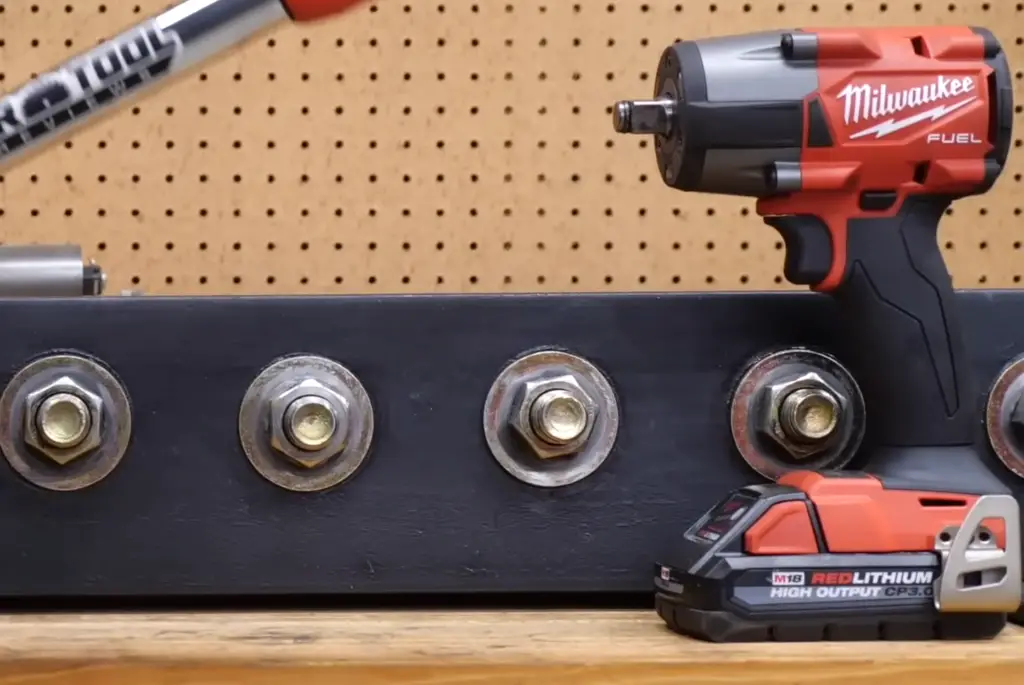
Their speed is also an advantage. Impact wrenches are incredibly fast, allowing users to quickly and efficiently tighten or loosen bolts and nuts with minimal effort. This makes them a great time-saver in the workplace.
In addition to their speed, impact wrenches offer more control than breaker bars as they can be adjusted according to the application at hand. This helps prevent over-tightening of bolts or nuts which could lead to damage of components.
Cons of impact wrenches
Despite their advantages, there are some drawbacks to using impact wrenches. One of the main issues is noise pollution. Impact wrenches produce loud noises that can be disruptive in certain working environments and could even cause hearing damage over time. In addition, they require an external power source such as a compressor or electricity which adds to the overall cost of operation.
Impact wrenches are also incredibly loud when in use. This could be a potential safety hazard since it is difficult to hear warning signals when the tool is running.
The high torque while is a major boon, can also be a problem when dealing with sensitive components that require precise adjustments and torque settings. This is why it is important to use an impact wrench with adjustable torque settings in order to prevent any kind of damage from occurring.
Finally, buying an impact wrench may not be affordable for everyone as these tools can be expensive compared to breaker bars and other traditional tools. This makes them more suitable for professionals who use them on a regular basis than casual users who need one occasionally.
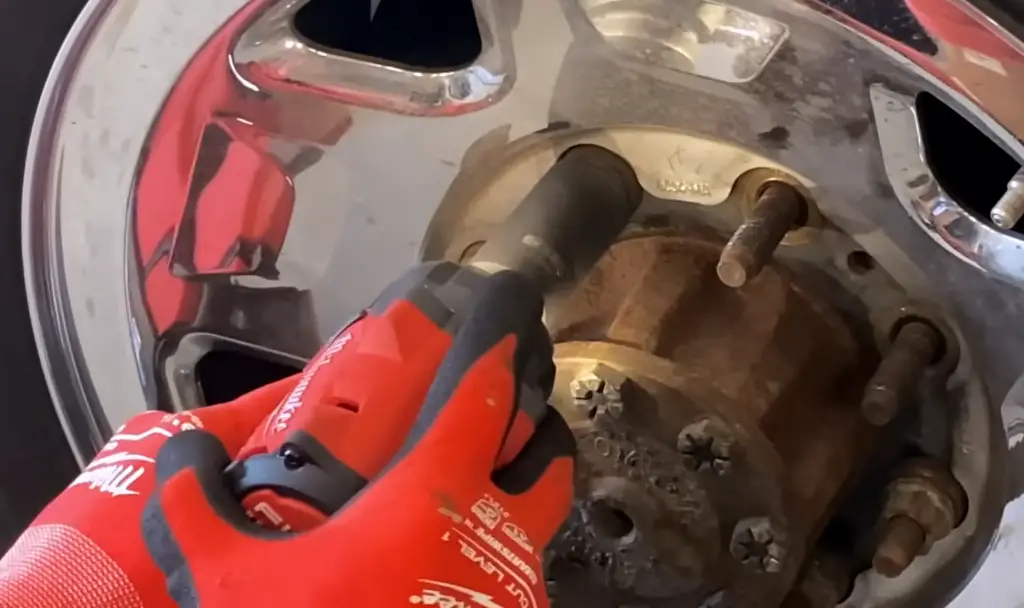
How to use an impact wrench
Impact wrenches are relatively straightforward to use, but there are a few important considerations that should be kept in mind. Before using an impact wrench, it is important to read the manufacturer’s instructions to ensure that you understand how to operate the tool safely and correctly. Additionally, wearing protective eye-wear and gloves is always recommended when operating this type of tool.
Using an impact wrench on improperly tightened bolts can cause damage to the bolt or nut and may even lead to injury. When tightening a bolt or nut with an impact wrench, do not exceed the specified torque rating of the wrench. Doing so could cause serious damage to the tool, as well as the object being worked on. Additionally, always use lubricants when working with metals to reduce friction and dissipate heat.
Finally, when using an impact wrench, it is important to remember that they require periodic maintenance to ensure optimal performance. This includes regularly cleaning and lubricating moving parts, replacing worn out components, and inspecting for any signs of wear or damage. By following these basic tips and guidelines, you can make sure that your impact wrench continues working at its best for years to come. [1]
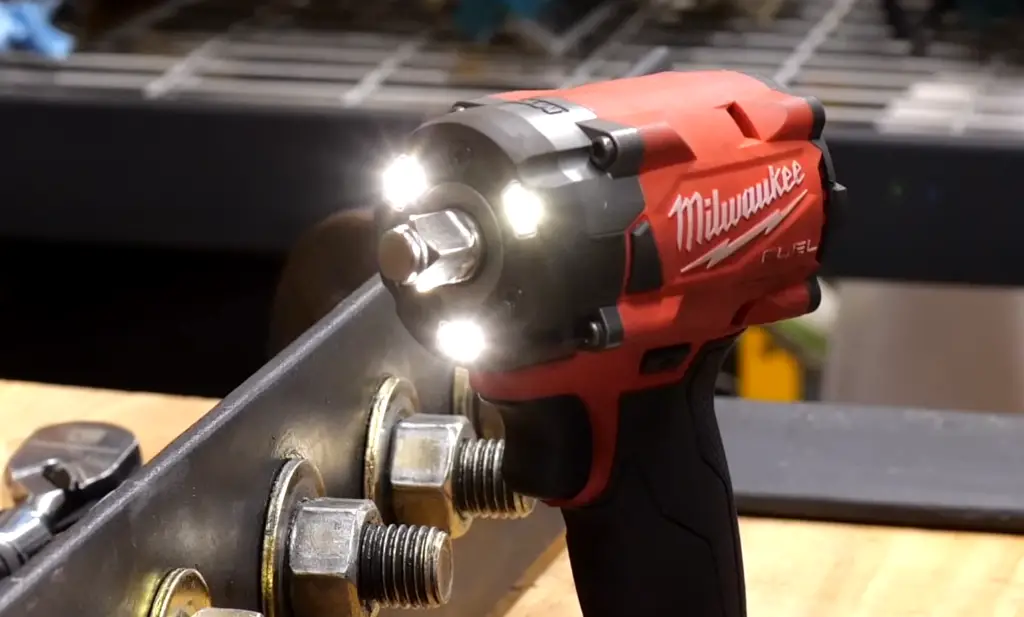
FAQ
Can you hit the breaker bar with a hammer?
Yes, you can hit a breaker bar with a hammer in certain circumstances. However, it is not recommended to do so as it may damage the tool and could potentially cause injury due to the sudden release of energy. When working with either tool, it is important to use appropriate safety precautions such as wearing protective gear and following instructions carefully.
In general, if you must hit a breaker bar with a hammer then make sure to use an appropriately sized hammer that will fit comfortably into your hand. Try to avoid making contact between the head of the hammer and any part of the breaker bar when possible. Also, never strike against any hardened surfaces like walls or flooring as there is potential for the tool to ricochet off and cause harm.
Is a breaker bar or impact better?
The answer to this question depends on the application and the user’s preference. Generally, breaker bars offer more torque and require less maintenance than impact wrenches. However, they are heavier and can be difficult to use in tight spaces. On the other hand, impact wrenches are lighter and easier to maneuver, but require more frequent maintenance to ensure optimal performance. Ultimately, it comes down to a matter of individual preference and comfort level when using either tool.
If you need a highly precise operation with extreme accuracy at higher torque levels, then a breaker bar is likely your best bet. They have better control over tightening bolts as compared to an impact wrench which can quickly exceed desired torque levels. If greater speed or portability is your priority, then an impact wrench might be more practical and efficient. Many professionals use both tools together in order to get the best of both worlds.
Why is the breaker bar better than the ratchet?
The breaker bar is a powerful tool designed for loosening and tightening fasteners that have been particularly over-tightened or seized – making it ideal for use in automotive repairs. Its superior leverage and torque enables it to easily break stubborn bolts, nuts, and screws that would otherwise be impossible to loosen with a regular ratchet. In addition, its long handle gives users the ability to increase their range of motion, allowing them to gain better access to hard-to-reach places which can improve efficiency when performing tasks like changing tires or removing tight spark plugs.
Further, the breaker bar is more durable than the ratchet due to its solid steel construction and lack of moving parts; this allows it to stand up against heavy use while maintaining its accuracy and reliability. Furthermore, the greater turning power of the breaker bar creates less strain on the user’s arms and shoulders when applying force, making it far more comfortable to use than a manual ratchet.
Is it better to use an impact wrench?
The impact wrench is often the preferred tool for fastening and loosening nuts and bolts. It uses an electric or air-driven motor to create a powerful thrust, which can quickly tighten or loosen even very tight or corroded nuts and bolts with ease. This makes the impact wrench the ideal choice in situations where speed is of the essence, such as when working on automobile repairs.
On the downside, however, an impact wrench can be quite loud, and due to its high levels of torque output it can cause damage to fragile components if used carelessly. In addition, because it is powered by electricity or air pressure, it requires a power source such as a compressor or battery pack. For these reasons, an impact wrench may not be the best choice in all circumstances.
Is a breaker bar a good tool?
A breaker bar is a versatile tool that has a variety of uses. It is reliable and can be used to turn bolts or nuts in tight spaces, where an impact wrench may not fit. However, the power of a breaker bar is limited compared to an impact wrench and it takes longer to use than other tools. The main advantage of using a breaker bar is its ability to provide greater torque when needed for breaking stubborn nuts or bolts.
Useful Video: Impact Wrench vs Impact Driver – What’s The Difference?
Conclusion
When it comes to choosing the tool for your job, the choice between a breaker bar and an impact wrench will depend on the tasks you need to perform. If you’re looking for a tool that can provide high levels of control and accuracy, such as when removing lug nuts off a car’s rims or other low-torque tasks, then the breaker bar is likely your best option. On the other hand, if you need something that offers powerful torque for high-torque applications such as removing bolts from heavy machinery or engines, then an impact wrench may be better suited to your needs.
No matter which one you choose, it is important to weigh up all factors before making a decision. Make sure that you buy quality tools that are going to last you and do the job correctly. It is always a good idea to read reviews and talk to experts before making your purchase. With the right tool in hand, you’ll be able to tackle any job with confidence and ease.
By following this guide, you should now have a better understanding of the differences between breaker bars and impact wrenches and know which type of tool is best suited for your needs. Whether it’s removing lug nuts off car rims or tightening bolts on heavy machinery, having the right tool can make all the difference when it comes to getting the job done quickly and safely.
So take your time researching each type of tool, compare their features and prices, then choose one that best fits your task – whether it’s a breaker bar or an impact wrench. With the right tool in hand, you can tackle any job with confidence. Good luck!
References
- https://99powertools.com/breaker-bar-vs-impact-wrench






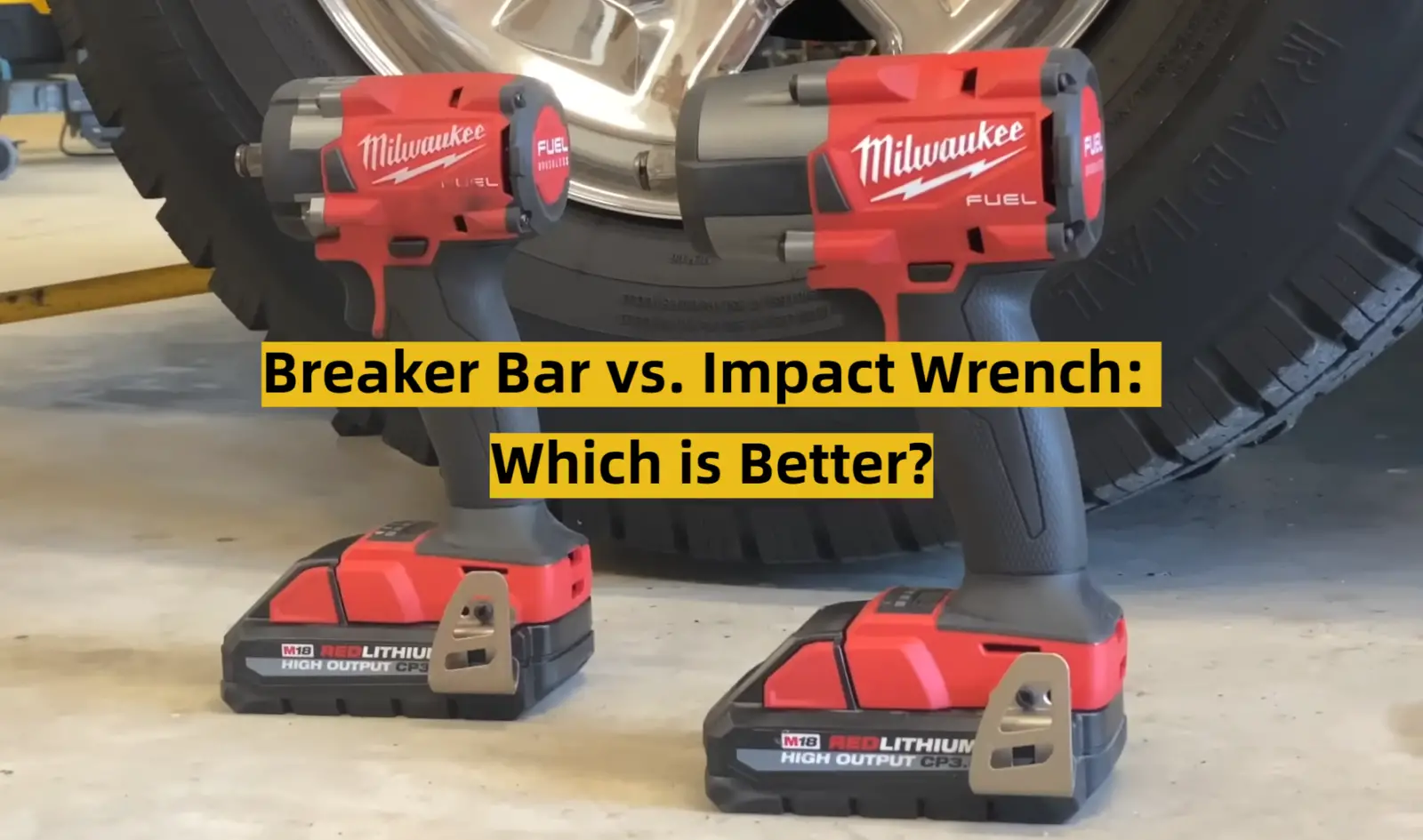





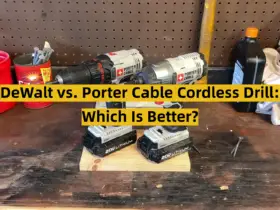
Leave a Reply